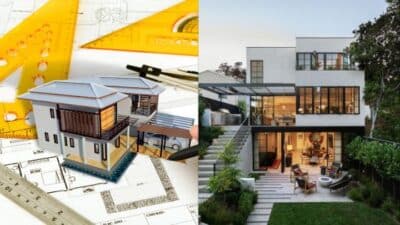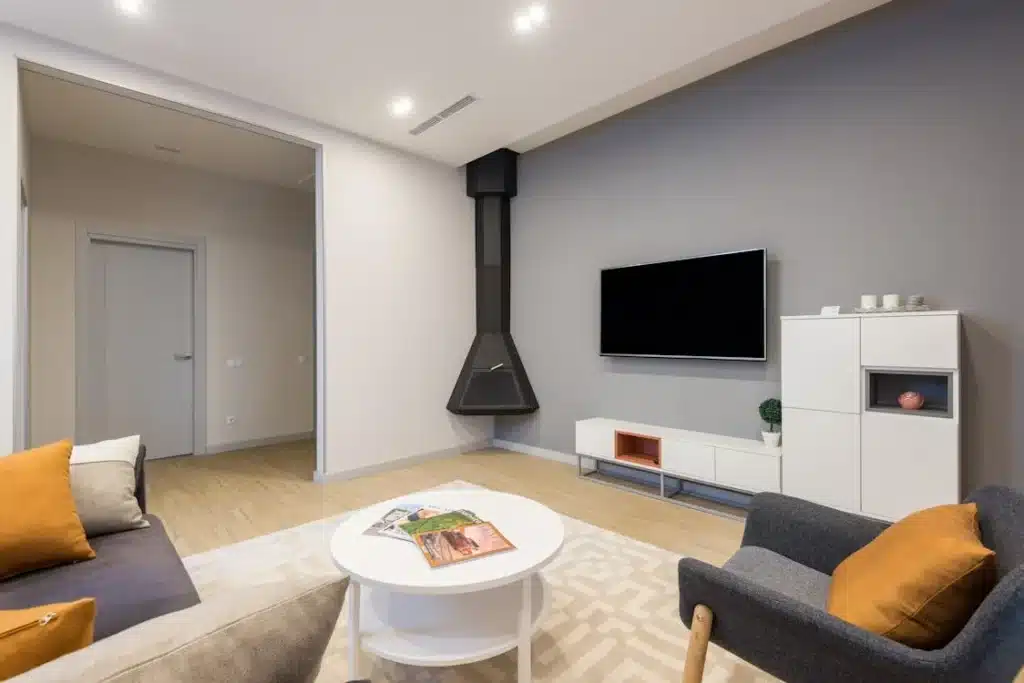
Home interiors aren’t just about choosing the right sofa or painting the walls beige. People want spaces that reflect personality, support daily routines, and promote well-being at home. What’s driving the move toward cozy textures, smarter layouts, and natural materials?
Many are rethinking how every corner of a room can serve multiple needs. There’s growing interest in wellness features and technology that blend seamlessly into design. It’s no longer enough for a room to just look nice.
Today’s homes need to feel intentional, comfortable, and built around how people live. This article will explore some trends reshaping the way we design and experience our homes.
Nature-Inspired Materials and Earthy Palettes
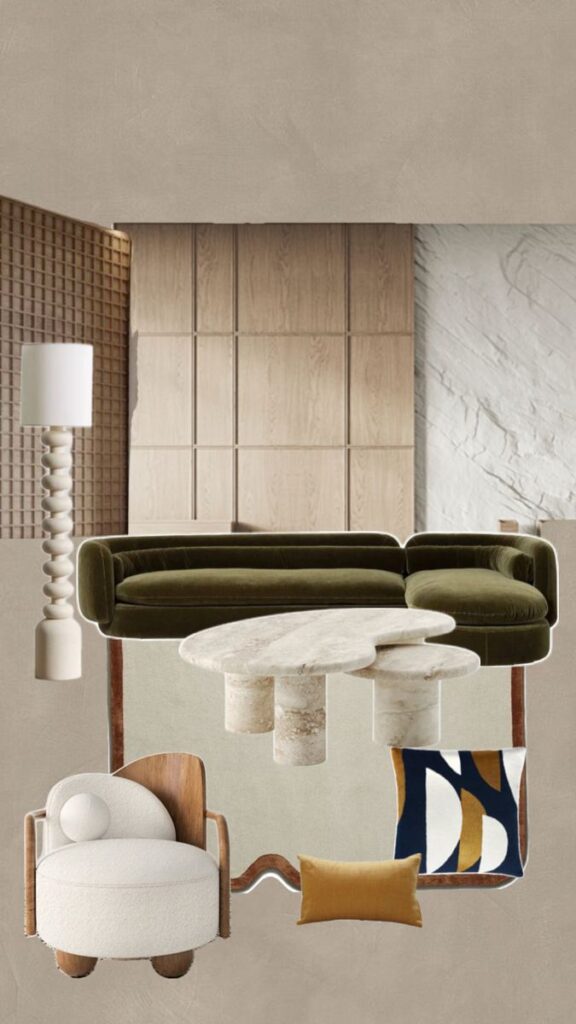

Homeowners are increasingly drawn to design philosophies that reflect the natural world, creating calming and peaceful living spaces.
For example, Midwest Home Magazine notes that biophilic design integrates natural elements into your home decor seamlessly. It emphasizes wooden textures, stone finishes, and greenery throughout the space. These elements work together to create a peaceful, grounded living environment that feels both comforting and inviting.
Earthy colors like sand, olive, and terracotta are replacing plain neutrals. These tones offer warmth and a more welcoming atmosphere throughout the space. Bamboo flooring and reclaimed wood furniture are becoming popular, sustainable choices.
The mix of texture and tone adds depth to any room. People want spaces that feel balanced, clean, and emotionally supportive. Nature-inspired materials give a sense of calm that never feels outdated.
How does natural wood flooring impact room acoustics?
Natural wood flooring can improve acoustics by providing a warm, resonant surface that enhances sound quality. Unlike hard tiles, wood absorbs some sound, reducing echoes and noise. This creates a more peaceful and comfortable environment in areas like living rooms or bedrooms.
Flexible Layouts That Support Daily Life
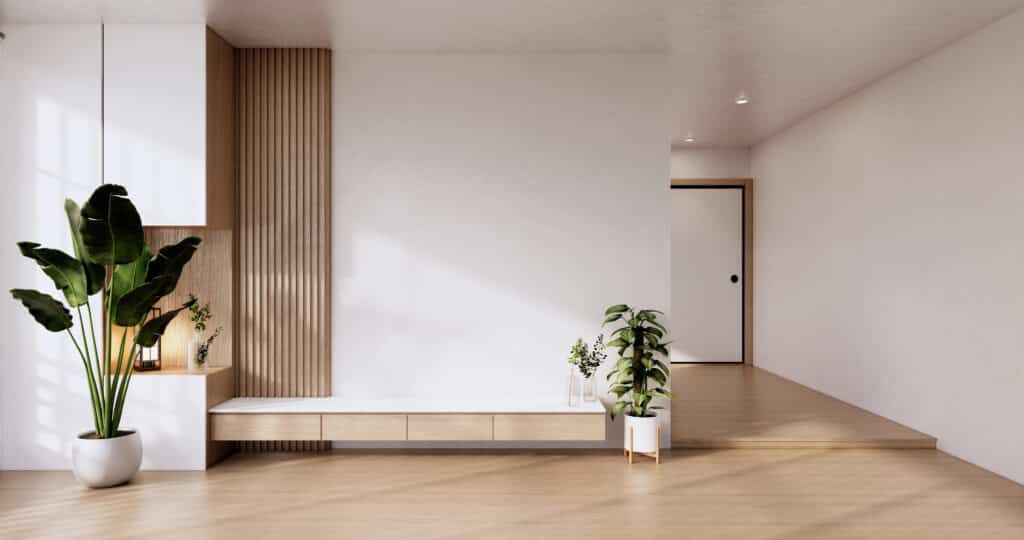
Modern homes are being designed to fit many different daily functions. Open spaces now include dividers and multifunctional furniture for better flexibility.
Grand View Research states that the multifunctional furniture market is expected to reach $11.21 billion by 2030. It’s experiencing steady year-over-year growth of 6.6%, fueled by urban living trends.
With smaller spaces becoming the norm, consumers want furniture that serves more than one purpose. Products like sofa beds and modular units are thriving in space-conscious city environments.
Homeowners love sliding doors and foldable furniture to create flexible layouts. Dining tables double as workstations in many contemporary homes today. People want furniture that adjusts to their evolving routines and activities.
Clever storage keeps everything neat while maintaining visual openness and comfort. Zoning different parts of a room creates purpose without needing separate walls. Flexible layouts support productivity, rest, and everyday convenience in one space.
What benefits does a sliding door provide in a home?
Sliding doors save space by eliminating the need for a swinging door’s clearance. They provide a seamless flow between rooms, especially in open-plan homes. Sliding doors also offer privacy and division without feeling confining, preserving a sense of openness and fluidity.
Wellness-Focused Design Elements
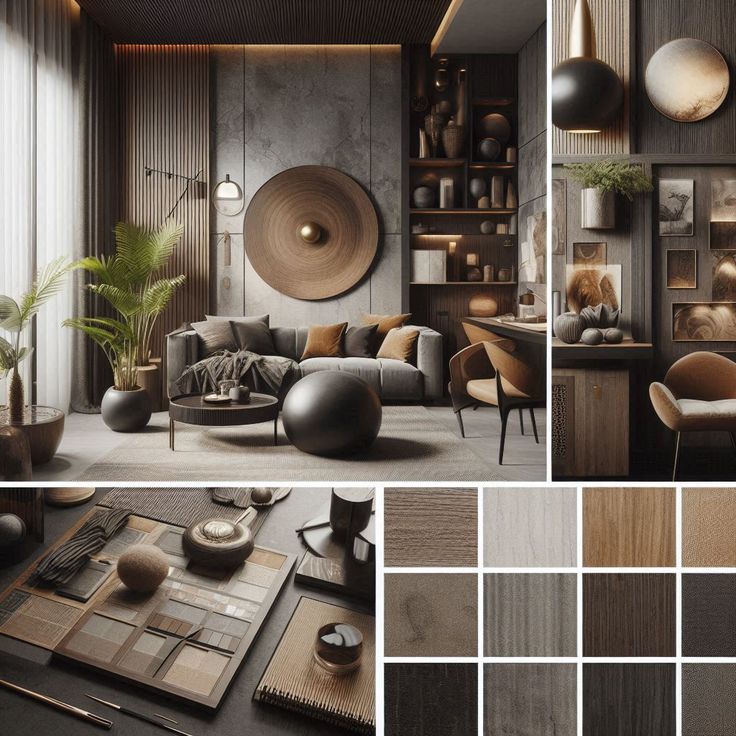
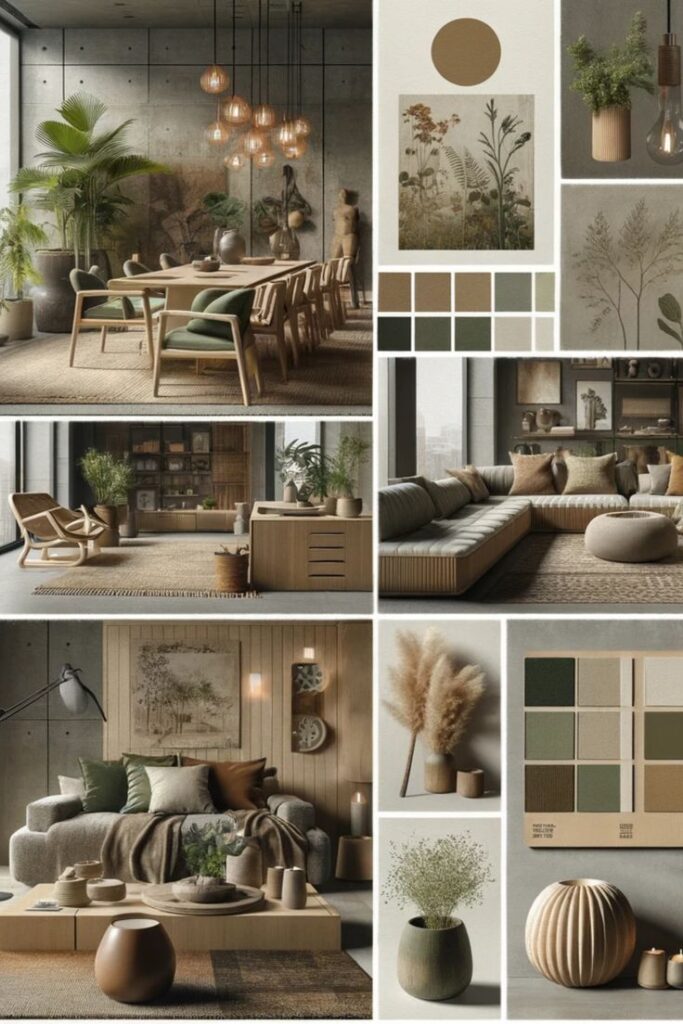
Health and well-being are becoming top priorities in home design today. Natural lighting, clean air, and quiet zones help promote relaxation at home. Low-VOC paints and organic fabrics support a cleaner indoor environment overall. Green plants also boost mood and improve air quality in every room.
Furthermore, ThermaSol emphasizes the rising popularity of wellness features in home design. Steam showers and sauna heaters are gaining serious attention from homeowners. These upgrades offer physical relief while creating a soothing bathroom atmosphere.
A steam shower system delivers both relaxation and health benefits in a luxurious package.
Many homeowners install them to enjoy spa-level comfort in their bathrooms. People often choose these showers to ease sore muscles and stress.
Steam helps clear skin, supports circulation, and warms the body gently. Including this feature transforms a regular shower into a health-enhancing routine.
Sauna heaters are also gaining popularity for their ability to reduce tension. These systems provide dry heat that soothes the body after a long day. Such upgrades show that modern homeowners value spaces that nourish the mind and body together.
Can wellness design reduce stress in the home?
Incorporating wellness-focused elements like calming colors, natural materials, and tranquil lighting can reduce stress. These features create a peaceful, nurturing environment that helps individuals relax. A design that prioritizes well-being allows the home to become a sanctuary from daily pressures.
Technology That Blends Into the Background
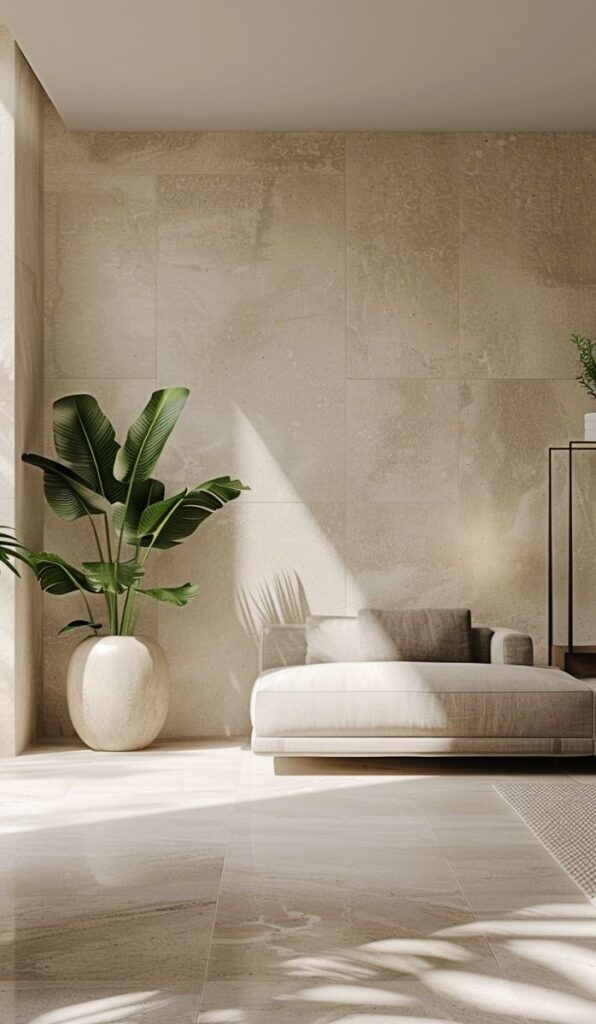
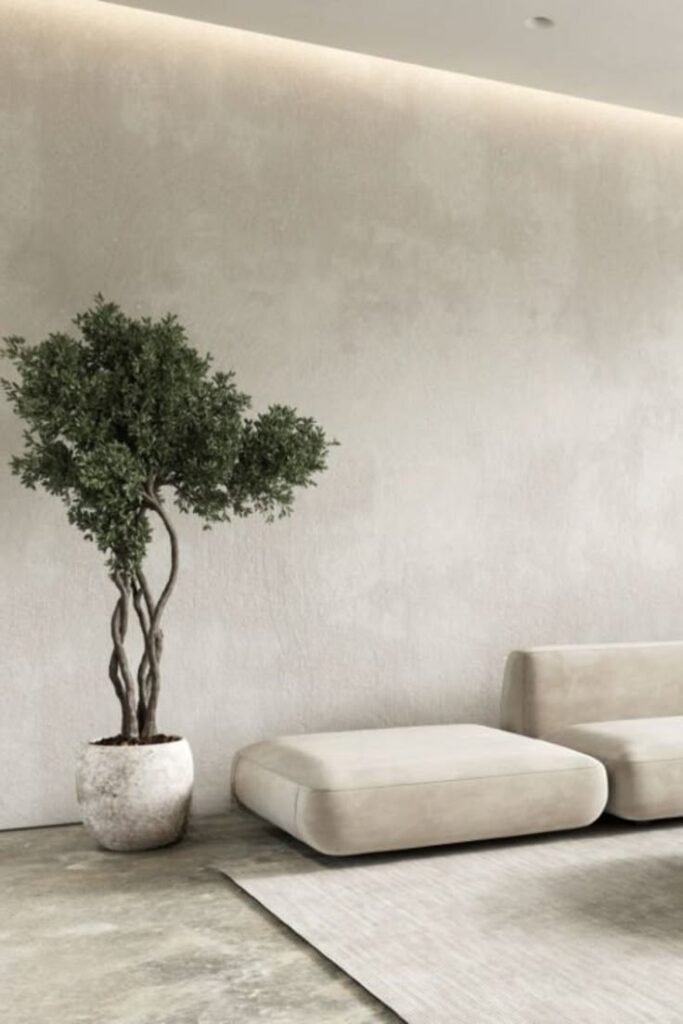
Smart technology is now integrated without disrupting a home’s interior style. Smart interior design ensures these innovations feel natural, enhancing function while preserving visual harmony.
A study published by ResearchGate highlights that smart interior design works best when it blends technology with aesthetic and practical goals. Integrating smart tech into furniture and décor improves energy use and daily convenience. Adaptability and system control help spaces adjust to user behavior and evolving technology.
Devices like voice-controlled blinds and subtle lighting systems are now common. They offer functionality while keeping the design sleek and clutter-free.
Hidden charging stations and seamless wall controls maintain a clean, organized space. Thermostats and lights adjust automatically based on daily habits and needs. Entertainment setups now blend in or vanish when not being used. Technology now supports a better quality of life without demanding attention or space.
Why is it important to integrate technology without cluttering the space?
Technology should support the function of a room without disrupting its visual appeal or comfort. Discrete options like built-in speakers and smart blinds keep designs clean and uncluttered. When thoughtfully integrated, these solutions enhance daily life while maintaining a sleek, modern interior.
Statement Lighting as Functional Art
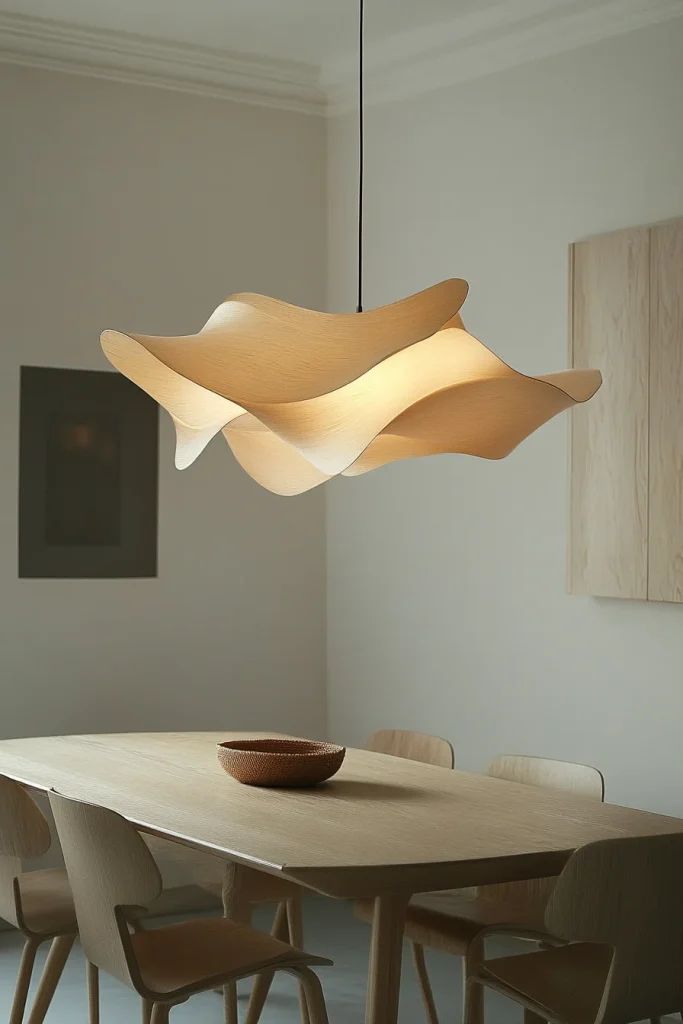
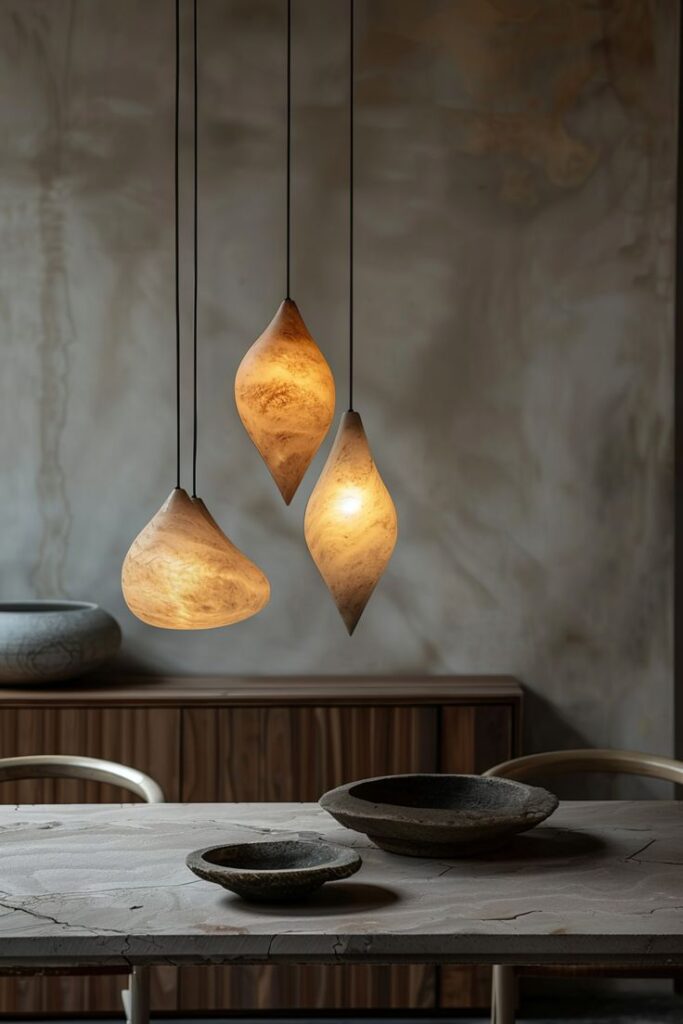
Lighting has evolved beyond its practical use and now shapes the overall design aesthetic. Homeowners are choosing sculptural light fixtures to bring personality into their spaces. Bold chandeliers and oversized pendants serve as eye-catching centerpieces in open rooms.
LED lighting is used to accent architecture and create a soft, layered glow. Designers blend ambient, task, and accent lighting to match different moods and functions.
Homes and Gardens mentions that lighting varies from room to room based on size, purpose, and desired atmosphere. Every space requires ambient lighting, but the brightness level should match the room’s function.
Kitchens need more task lighting, while living rooms often mix ambient and accent sources. Bathrooms need stronger ambient light, while bedrooms benefit from softer, low-level illumination.
Mirrors with integrated lights are redefining how bathrooms look and work. Even floor lamps and wall sconces are chosen for their artistic appeal. The right lighting can expand a room’s feel and add warmth or elegance. Today, lighting functions as both a visual statement and a functional feature.
What is the role of ambient lighting in home design?
Ambient lighting sets the overall tone for a room, providing a comfortable, evenly distributed light. It ensures that spaces feel inviting without being too bright or harsh. Proper ambient lighting helps create a cohesive atmosphere that complements the room’s function and design.
Today’s home interior trends reflect a deeper understanding of how spaces impact well-being. We’re seeing a shift towards natural materials, flexible layouts, and integrated technology. These changes focus less on aesthetics and more on functionality and adaptability.
Homes are now designed to be nurturing, comfortable, and supportive of daily life. The emphasis on health and comfort has created a more personalized approach to design. These trends suggest that future homes will be sanctuaries, offering a seamless connection to nature.
- 395shares
- Facebook0
- Pinterest395
- Twitter0

